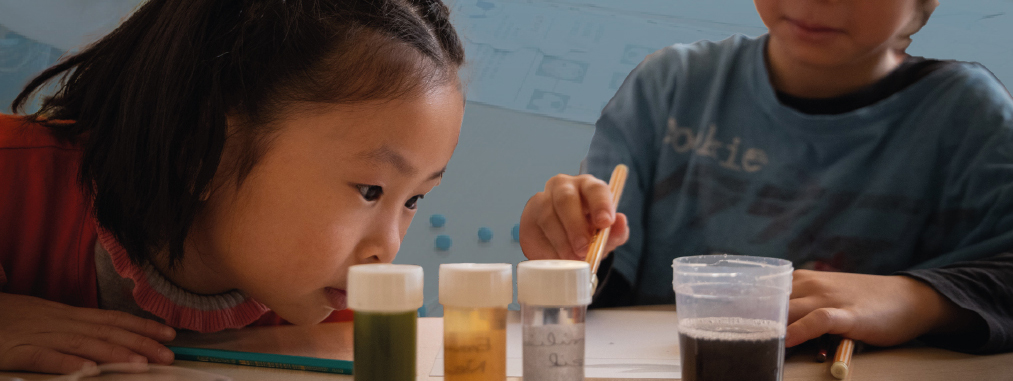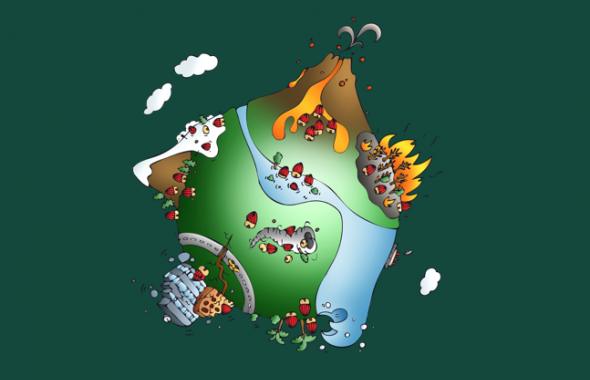Risk education is to teach the children to live with the risks in the most responsible way possible, to give them a culture of risk and an understanding of the hazards and issues, so that they can adopt appropriate behaviors. Although it is an integral part of education for sustainable development (ESD), risk education is still hardly addressed in schools, probably due to lack of
resources or training of teachers on this topic.
Existing projects can be categorized into two generally opposing approaches :
- The first approach is action-oriented. It consists of implementing role plays or simulations (similar to fire drills) so that children develop automatic reactions and know how to behave in similar situations to that which was simulated. This approach is naturally focused on local risks which directly affect the child in school (why study volcanic risk in the Paris area, when the school is exposed to flood risk or landslides?)
- The second approach is understanding-oriented. It consists of carrying out scientific activities giving children a knowledge of risk and an understanding of the phenomena involved so that they can determine for themselves the required behaviours. This approach focuses in general on risks which have the advantage of lending themselves well to this type of investigation (it is easier to model, at the primary school, the formation of a volcano rather than the spread of a fire… besides, the volcanoes are in the program, but not forest fires!), whether they are actual risks or not, in the children's surroundings. It should be noted that even if “exotic”, certain risks are very present in the imagination of children, because they are very high profile. Media coverage focusing on emotion can easily become anxiety-provoking if it is not accompanied by an effort to understand. The school has a role to play here too. The stance taken by the authors of this book, which is innovative in this sense, is not to oppose these two approaches, but to propose a coherent educational project which combines the local and global and which focuses either on knowledge and/or actual experience.
The first three sessions offer respectively the study of volcanoes, earthquakes and tsunamis using an essentially scientific approach (but which does not ignore prevention) while the fourth provides a methodological framework intended to facilitate the study of local risk, its perception by the population, and the means by which they can protect themselves.

